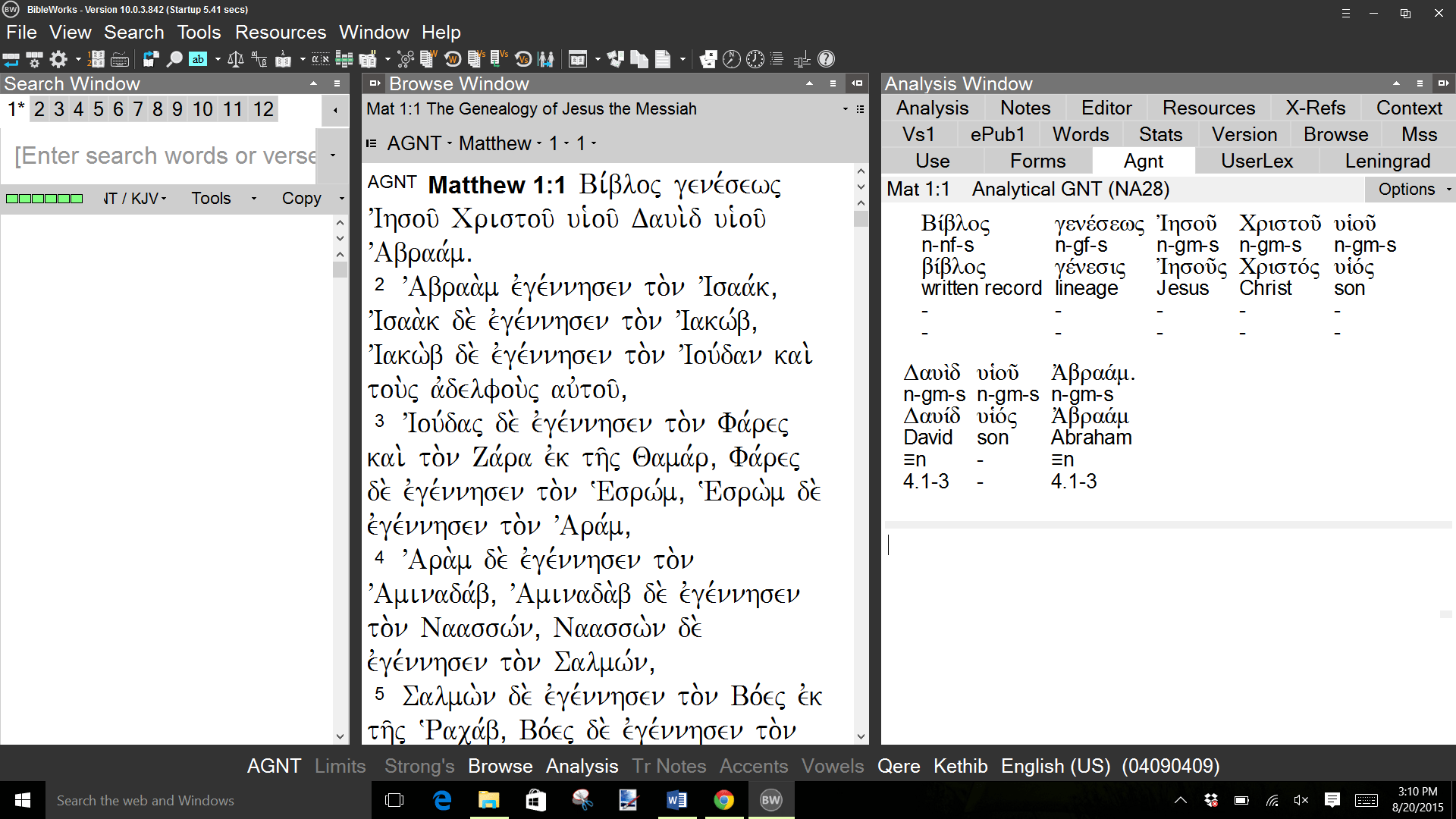

Hebrew Bible quotations are taken from the text of the 1997 2nd ed. I acknowledge with gratitude the kind granting of permission by the Israel Antiquities Authority for the inclusion of its infrared image of the 4QGen g Dead Sea Scroll fragment of Genesis 1 (fig.

Tully at Trinity Evangelical Divinity School. I am very thankful for having had the opportunity to do this study, which was facilitated through the guidance of Drs. Keywords: יוֹם age of the universe biblical hermeneutics connotations of yom Creation account Darwinian evolution days of Creation denotation of yom the Enlightenment figurative meaning Genesis 1:1 Genesis 1:1–2:4 linguistic context of Genesis 1 literal meaning Masoretic text metaphor origins paragraph structure of Genesis 1 semantic range of yom syntax the traditional view of Creation uniformitarianism yom וַיּאֹמֶר אֱלֹהִים (“and God said”) units. Most respected lexical sources do not allow for a broad semantic range for יוֹם, yet many theologians believe it to be rather flexible. It is also clear that there is a considerable disconnection between lexicography regarding יוֹם and the formation of creation theology. It is evident that a great variety of opinion exists regarding the semantic range of יוֹם. The central analysis examines how the semantic range of יוֹם has been discussed in the context of the creation account and in relation to the age of the universe, both historically, and, more particularly, by 40 scholars (or teams of scholars) over the past 50 years.

Over the past two centuries, the issue of the meaning of יוֹם in relation to the age of the universe has been vigorously debated by many scholars, though ignored as irrelevant by others.įollowing an introductory survey of the biblical, historical and theological, and linguistic contexts of this issue, the study looks at delineations and definitions of יוֹם in Scripture, and in lexical and other sources. Others, particularly the Day-Age Theory, maintained that the term had a broad semantic range that could include a sense of vast periods of time. Some, such as the Gap Theory, sought to retain a literal understanding of יוֹם. In order to accommodate billions of years into the Genesis account of origins, theologians proposed a range of new interpretations. However, between the seventeenth and nineteenth centuries-with the growing acceptance of geological uniformitarianism and, later, Darwinian evolution-an increasing number of eminent scholars advocated a multi-billion-year-old universe and questioned the validity of the biblical account. Most believed that the universe began sometime between approximately 3600 BC and 7000 BC. Before the Enlightenment, most theologians believed the earth was created in the space of a literal week, a notable exception (among others) being Augustine, who interpreted the days of creation figuratively.


 0 kommentar(er)
0 kommentar(er)
